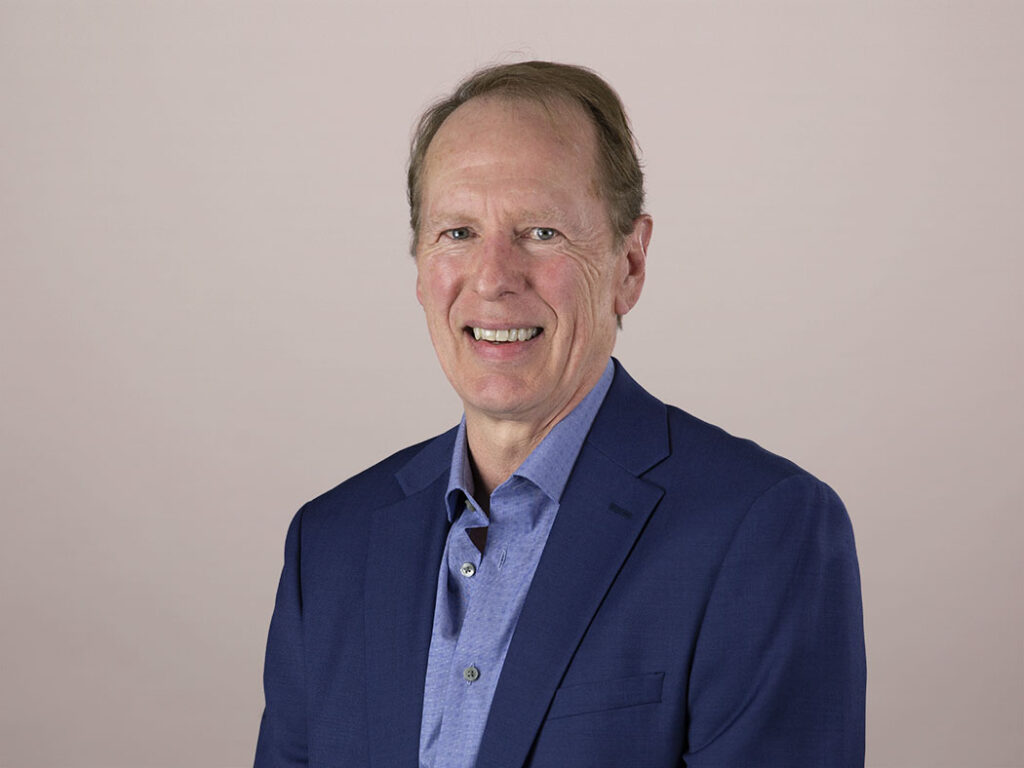Amazon’s Unleashed Android Robots In The Warehouse: Will We Get Along?
Amazon announced that it will lead a research project on how robotics and AI will impact the future of jobs. Two new service robots, Sequoia and Digit, were unveiled, as well. Robots in their warehouses are not new. There are already 750,000 operating, but these mostly scoot along the floor, much like a Roomba vacuum that cleans up after supper with the kids. Amazon’s new ones are full humanoids with arms, legs, and faces. Digit can walk around and act like a human. A released picture shows Digit with a cup of coffee in hand. The question is simple: Are we ready?
Forrester identified 10 physical automation categories to answer this question in the report, The Future Of Physical Automation. The research sheds light on this announcement. First, today’s warehouse fulfillment robots are climbing up the adoption window but are still between “tolerable” and “realistic” (see chart below), and these are just machines that don’t appear human — and that’s important. Our research shows that robots that look like us in categories such as security and healthcare are far from acceptable, even “creepy” and “unthinkable” in some contexts. Digit and Sequoia will struggle to get along with their human sidekicks.

Amazon has long argued that the introduction of robotics into the workplace will not affect jobs, but if you’re a frontline service worker looking for a career, think twice about the warehouse. Robots will own that space. Jobs and wages will be reduced, with limited growth and few transition opportunities. Technology readiness and economic pressure will push automation forward, but human acceptance will rule.
